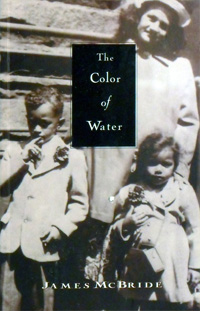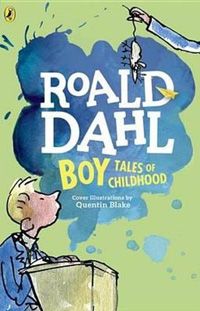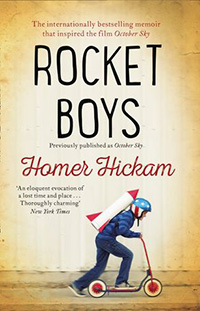Here are the books we used in this lesson.
The Colour of Water, by James McBride

James McBride writes a tribute to his eccentric mother and how she shaped his upbringing. In his memoir, he looks at family relationships, resilience, faith, and forgiveness.
Boy, by Roald Dahl

Roald Dahl's memoirs are full of anecdotes about his childhood and school days, including dead rats in sweet shops, holidays in fishing boats, school bullies and nose-threatening accidents.
Rocket Boys, by Homer Hickman

Three years in the life of Homer ‘Sonny’ Hickam, from the moment he sees the Sputnik satellite overhead in West Virginia to his successful launch of a prizewinning rocket.

